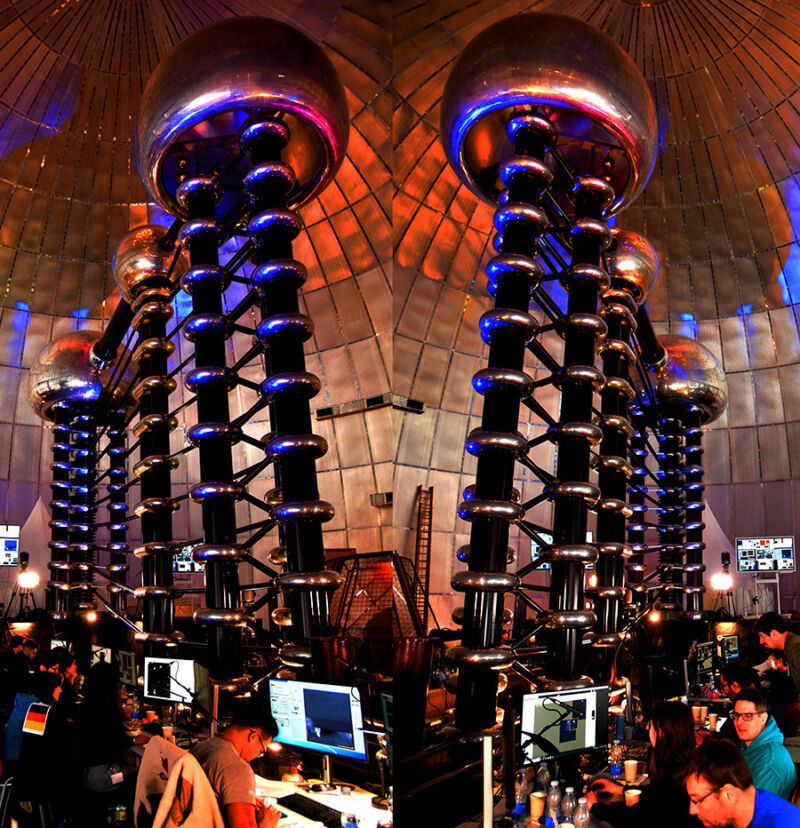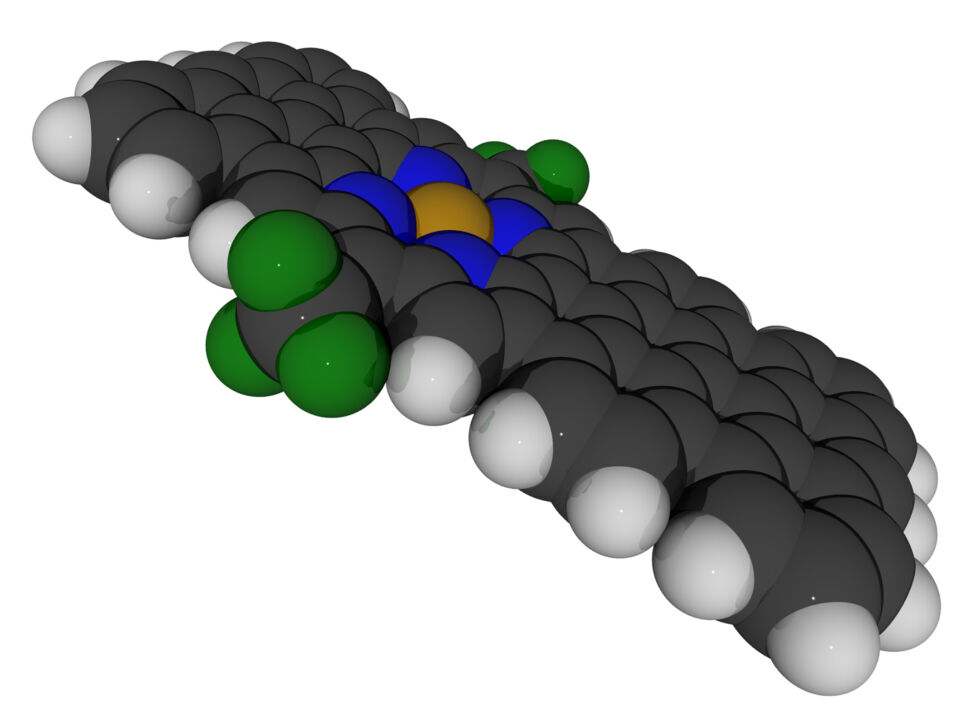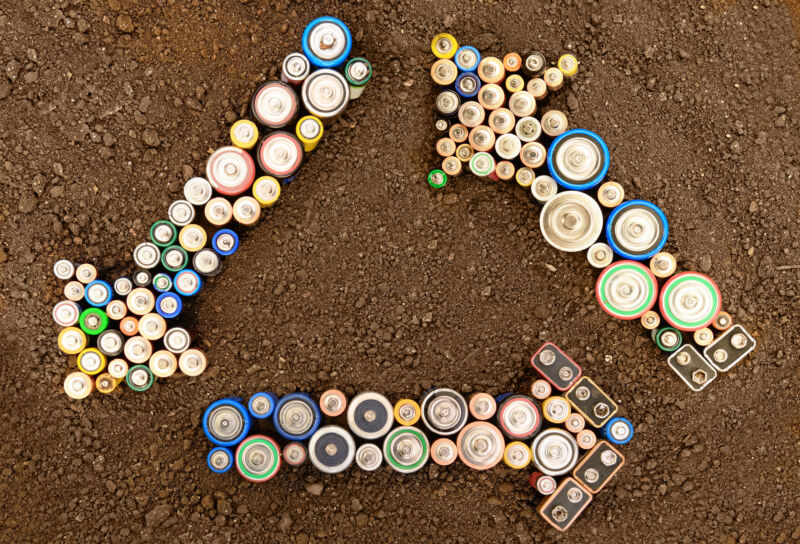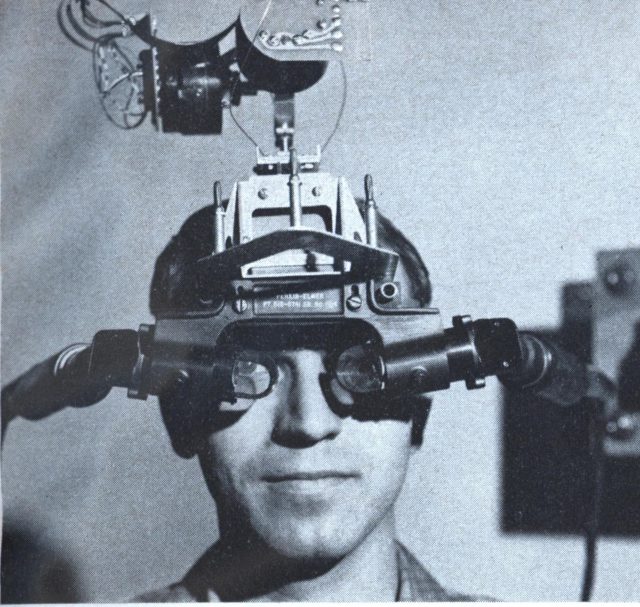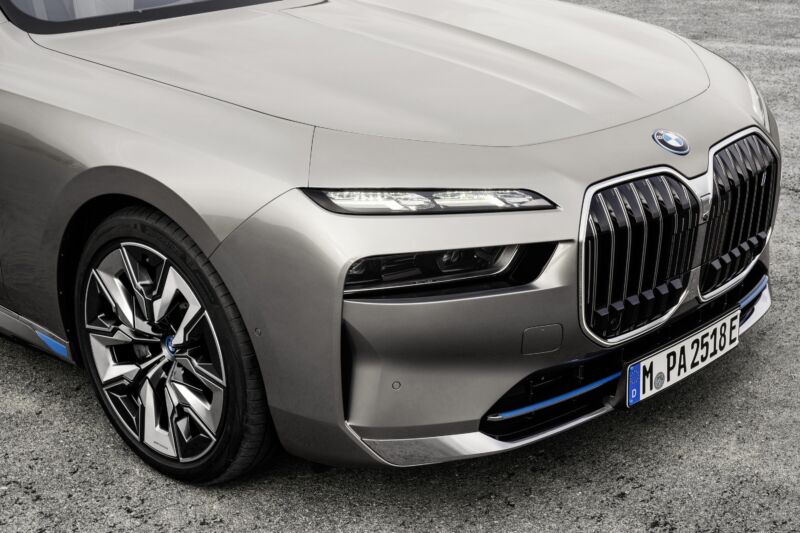
Enlarge / BMW styling is often divisive, and the new 7 Series will be no exception. (credit: BMW)
A few years ago, BMW told us about its electrification plans. Those plans involve an update to its cluster architecture (or CLAR) platform, which is now powertrain-agnostic thanks to a new floor design. And that means the next BMW 7 Series, due later this year, is available as a fully battery-electric vehicle, the $119,300 i7 xDrive60. There will also be a V8-powered 760i xDrive ($113,600) and a 740i ($93,300) that uses BMW’s inline six-cylinder engine, both mild hybrids, for those who aren’t ready to go EV yet.
People have been writing about divisive BMW styling for several decades now, and it’s fair to say the seventh-generation 7 Series will keep that conversation going. The squinty appearance is shared with the now-facelifted X7 SUV, although on that vehicle the effect actually improves the front’s proportions.
I also see more than a hint of Rolls-Royce Ghost—built at the same Dingolfing factory in Germany—in the 7 Series’ profile. That may be down to the car’s growth spurt: at 212.2 inches (5,390 mm) long, it has grown more than 5 inches (129 mm) compared to the car we tested in early 2017. The new 7 Series is also about 2 inches (50 mm) wider and taller than before, although the wheelbase has only grown by 0.2 inches (5 mm).





